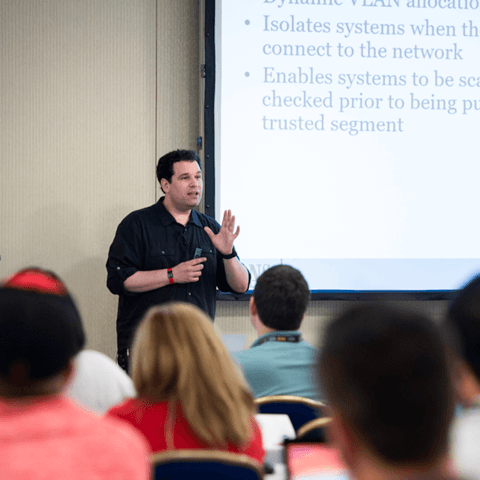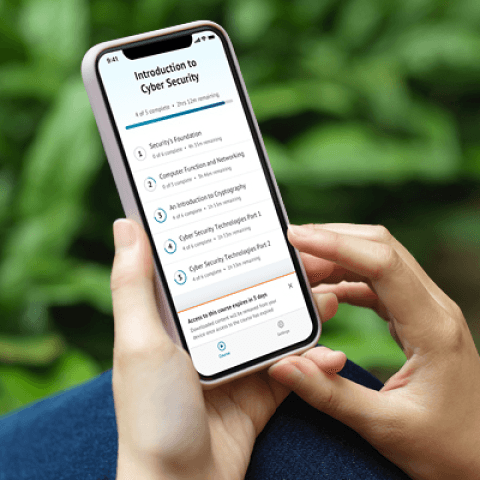SEC595: Applied Data Science and AI/Machine Learning for Cybersecurity Professionals


Experience SANS training through course previews.
Learn MoreLet us help.
Contact usBecome a member for instant access to our free resources.
Sign UpWe're here to help.
Contact Us
Apply your credits to renew your certifications
Attend a live, instructor-led class at a location near you or remotely, or train on your time over 4 months
Course content applicable to people with limited or no cyber security experience
Apply what you learn with hands-on exercises and labs
This intensive three-day course prepares you to build a mature awareness program, providing you with the roadmap, skills, and lessons learned on how to effectively manage and measure your human risk.
I think the course is really engaging and works at two levels: 1. Provides someone starting out with a solid foundational knowledge 2. Allows an existing program to benchmark and get new ideas, to supplement the existing work.
Cybersecurity has evolved beyond technical challenges to include the human element. LDR433 provides security professionals with a structured roadmap to build, manage, and measure human risk by changing and securing their workforce's behaviors. The course offers a step-by-step strategy for engaging and securing your workforce, including seven interactive team labs and a Digital Download Package. Students will learn how to assess and prioritize top human risks and the behaviors that manage those risks, how to engage and train their workforce, how to build a strong security culture, and how to measure the impact of these changes. This is the only SANS short course that provides the industry-recognized SANS Security Awareness Professional (SSAP) credential. The course content draws from lessons learned across hundreds of global programs, offering both instructor guidance and extensive peer interaction.


Lance revolutionized cyber defense by founding the Honeynet Project. At SANS, he has empowered over 350 organizations worldwide to build resilient security cultures, transforming human risk management into a cornerstone of modern cybersecurity.
Read more about Lance SpitznerExplore the course syllabus below to view the full range of topics covered in LDR433: Managing Human Risk. .
Section 1 covers the fundamentals of human risk management, beginning with benchmarking your program's maturity and providing a roadmap for improvement. It addresses critical foundations including leadership support, program charter, and strategic partnerships, then covers risk management principles and how to identify and prioritize your top human risks.
Section 2 explores Artificial Intelligence to increase program impact, identifying learning objectives in key behaviors that manage top human risks. It covers organizationlevel behavior change, engagement fundamentals and motivation, and how to adapt your program across demographics, cultures, and regions, concluding with training methods and modalities.
Section 3 focuses on organizational culture, security culture and embedding security in your organization's overall culture. It covers metrics collection, starting with strategic applications, then exploring how to measure behavior and culture change. Students will learn to communicate program value to leadership and create an actionable implementation plan.
Responsible for developing, planning, coordinating, and evaluating cybersecurity awareness, training, or education content, methods, and techniques based on instructional needs and requirements.
Explore learning pathDaily focus is on the leadership of technical teams. Includes titles such as Manager, Information Security Specialist, and Program/Project Leader.
Explore learning pathAdd an SSAP credential attempt and receive free one practice test. View pricing in the info icons below.
When purchasing a live instructor-led class, add an additional 4 months of online access after your course. View pricing in the info icons below.
Overall just fantastic. I would love for my whole team to attend this training - invaluable and eye-opening knowledge, that I think will enable lots of good changes and growth. There's just SO MUCH amazing content here, and the delivery was fantastic.
Just what I needed.
The labs presented an effective way to grasp the material and present to others for good feedback.

Get feedback from the world’s best cybersecurity experts and instructors

Choose how you want to learn - online, on demand, or at our live in-person training events

Get access to our range of industry-leading courses and resources